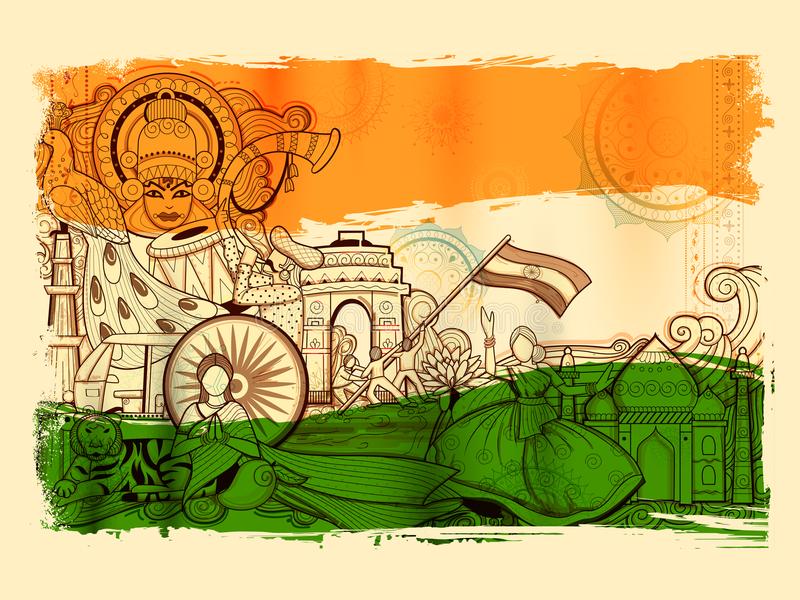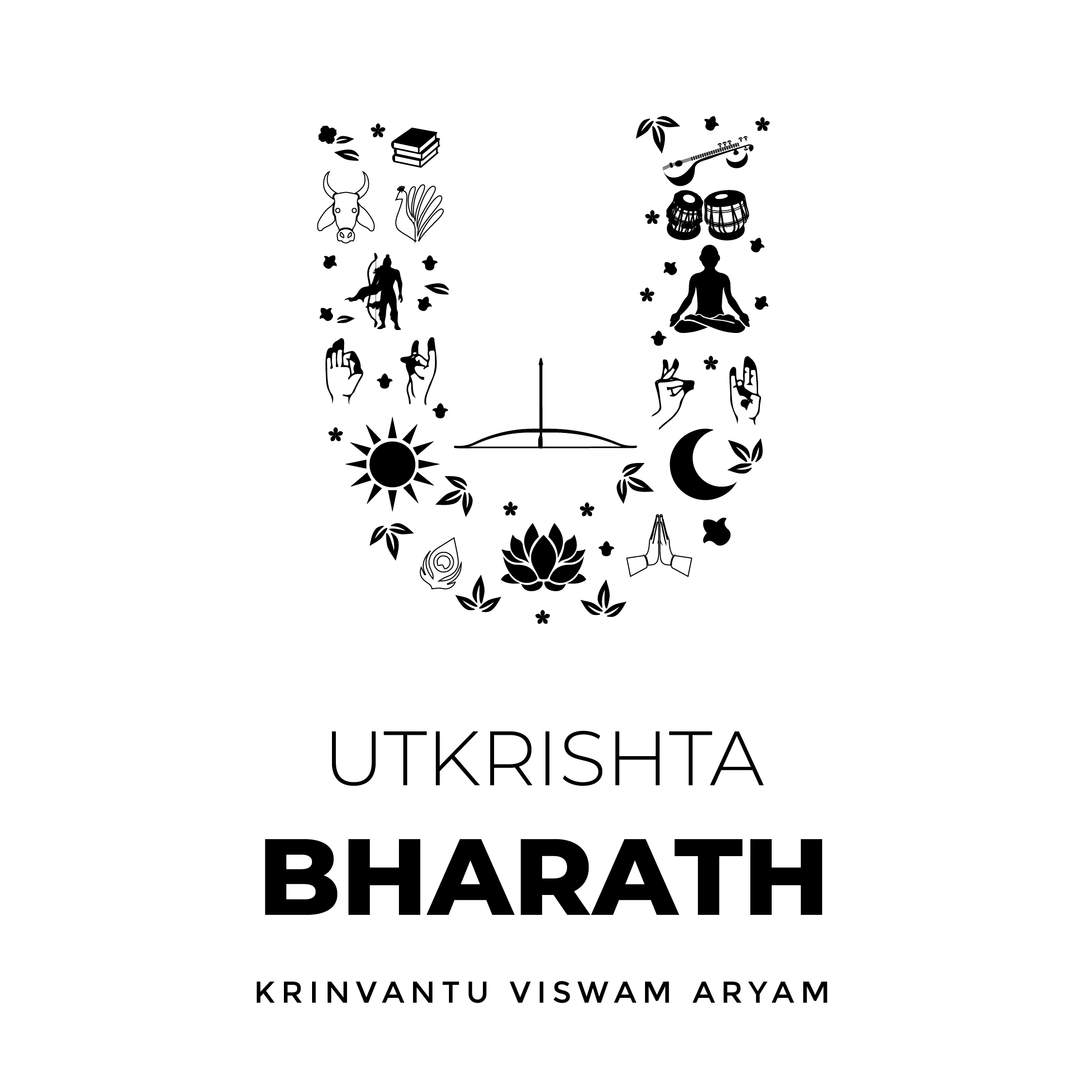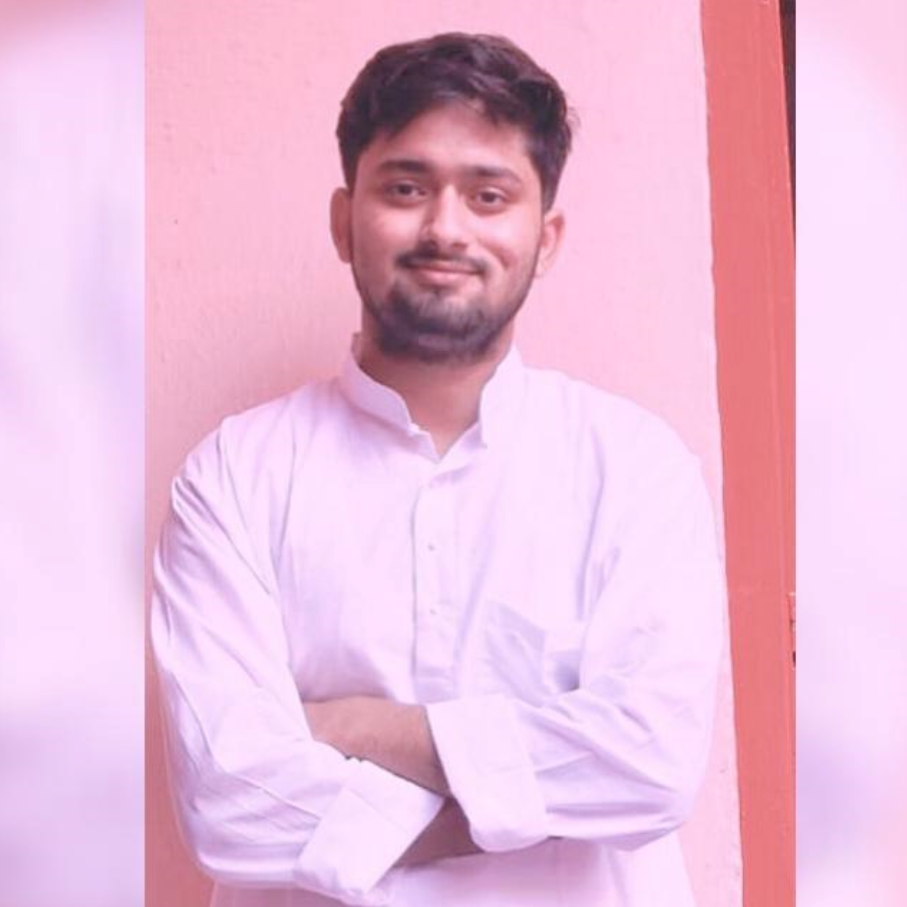Synonym of India is “Diversity”

Synonym of India is “Diversity”
India, a country known for its diversity. Its diversity is reflected in its religion's ethnicities, costumes and social structures across a population of 1.4 billion people. Our country, India is formed by the combination of 28 states and 9 union territories and all these states and union territories have their own culture and traditions. India’s diversity can be best described by one of the phares of Dr Rajendra Prasad that is , “ कोस-कोस पर पानी बदले, चार कोस पर वाणी || ”
Diversity in Indian society
India has been an excellent example of providing this concept for many years. More than 1,000,650 languages are spoken in India. People from different religious backgrounds and cultures live here. They follow the different religions of their choice because India is a secular country. Related to different cultures, languages, and religions, the people here respect one another and live in a spirit of love and brotherhood. India, a 5000-year-old civilization is a country of diversity, be it religion, race, caste, culture or language, there is so much diversity in the country. There are about 29 regions and each country has its own culture and language. Every year more than 30 new festivals are celebrated for the various communities in the country. Despite such differences, the Indian people display a genuine sense of unity among themselves that reflect the concept of unity in diversity of India is considered to be unique in a world that threatens global society. This is because of the ancient Indian culture that taught the people and the same bond of nationality. People from all parts of the world are joining the brotherhood. Unity in diversity is a positive aspect of our nation because people of different religions have had a human band for many years. If we are not united, we will surely fall which means “united we stand and we are divided we fall”. The constitution of India gives all citizens the right and freedom to live their lives with dignity and respect without interference.
The main reasons behind the diversity in Indian society India has seen the cultural history of experiments creating new forms, the diversity of which can be felt in terms of the number of cultural, religious, linguistic, functional units and political parties. These differences can easily be attributed simply to previous years of migration, exchange, initiation and comparison and the separation of natural boundaries. The transition period and in the current situation with a population of about 1.33 million. India introduces a border of different cultures and traditions, we see the rise of faith, from prehistoric times to the Vedic period. Although it was present at the adoption of this form, it differed from region to region, and sometimes when the Aryans arrived, different tribal societies had different values and different metals of the same values giving the same heritage for several generations.
Hierarchical systems were widely known, they differed from region to region. Hindus, therefore, appear not only as a religion but as a single view of different practices. As well as the migration of other strong religious communities in India, especially the long-standing Islam and Christianity in India. Cultural integration and doctrinal growth, the development of tolerance and solidarity in India. Religions such as Judaism from around the world were bound in small pockets in the Indian subcontinent.
When other religions such as Buddhism, Jainism and Sikhism were formed in India they committed themselves to heal the region and did not make much difference. The same effect of migration was seen when people of different races moved to India. They mingle, embrace their natural characters through the exchange of local population and produce new ways of culture and social designs, leading to a variety of lifestyles and lifestyles. The interaction of people with a multilingual family proves that it is the power of Indian cultural roots. Equal distribution is still prevalent in the divisions of Indian tribes. Some of them are far from the modern world of urbanization and modernization.
Our country is going through stages of cultural development following their ancient traditional values. It, therefore, exceeds the natural spirit and the ancestors worship one of the following theology. Although there are differences in our social structure, the unity of the caste system has led to the pain of preaching. We need acceptance, tolerance and correction in its spine. Our constitution also provides us with an independent, national, social and democratic republic, which we all enjoy with pride and happiness.
How our Indian Constitution shows unity in diversity in India
A constitution is an official document with specialized legal expertise, which sets out the framework and core functions of the organs of state, and sets out the principles that govern those functions. Like all other constitutions, the constitution of India also seeks to establish the basic structures of government and administration, undermines its structure, composition, powers and functions, defines intergovernmental relations, and regulates relations between citizens and the state. It was in 1934 that the idea of a meeting in India was first conveyed by M.N.Roy.
In 1938, Jawaharlal Nehru, instead, the Indian National Congress (INC) declared that ‘the free constitution of India must be formed without external interference. The meeting was attended by the representative of all sections of the Indian-Hindu, Muslim, Sikh, Parsis, Anglo-Indian communities, Indian Christians, SCs and STs including women of all denominations. In all communities, a draft committee overseeing the critical Dr B.R. Ambedkar moved a motion- ‘the constitution as established by the convention was passed.’ moving forward the constitution was promulgated on November 26, 1949, and the rest of the amendment began on January 26, 1950, the day commemorating and celebrated as Republic day of India. The first section of our Constitution states, “India, that is Bharat, shall be a Union of States.” India emerged as an international organization and was released into the hands of the British raj. Several tribes, divided and ruled, came together to form the Indian union. According to the preamble, India is a sovereign, socialist, special, and the democratic republic. The word “emperor” emphasizes that India is no longer dependent on any foreign power. The term “socialist” is included in the preamble of the constitutional amendment act, 1976. In general, it refers to a form of ownership and distribution by the state. The term “secularism” refers to a state that does not have its religions as an accepted state religion. He treats all religions equally. The term “democracy” indicates that the constitution established a democratic form of government. The constitution, through its fundamental rights, fundamental principles and principles, created a world government based on the principles of equality and non-discrimination. Judiciary after a thorough consideration of the constituent assembly, the founding fathers formed a reference to justice through the power of judicial review. ‘Is considered a judiciary of rights and justice’.
Justice is the only way citizens can apply the principles of the constitution and protect their rights. The constitution of India pays special attention to providing an effective legal solution. As Article 32 empowers the court to issue orders or directors, including writs in the forms of habeas corpus, mandamus, prohibition, quo warranto, and certiorari, whichever is appropriate, in the enforcement of any fundamental right, Indian justice brings measures such as public interest litigation, right to information and gives all children the right to education. And the intergovernmental relations for this purpose were to ensure national unity and integrity while simultaneously carrying out the task of economic reconstruction through democratic means and to achieve this goal and to meet the special needs of India.
Conclusion
Unity in diversity instructs us that although we are from diverse caste, creed or race, these variations cannot keep us apart and we are eternally united for the improvement of our nation. This is the most uncommon event which is exposed in our country. It not only performs the nation united and strengthened but it also holds us alive in the old eras, the belief of co-existence with love, peace, and respect. The distinction in culture, traditions, festivals, music and dance makes the country energetic and makes an unbelievable country in the world.



Be Ethical and Responsible while commenting.
9hVBzI0U')) OR 78=(SELECT 78 FROM PG_SLEEP(15))--
*DBMS_PIPE.RECEIVE_MESSAGE(CHR(99)||CHR(99)||CHR(99),15)
'||DBMS_PIPE.RECEIVE_MESSAGE(CHR(98)||CHR(98)||CHR(98),15)||'
1'"
@@WRmQ2